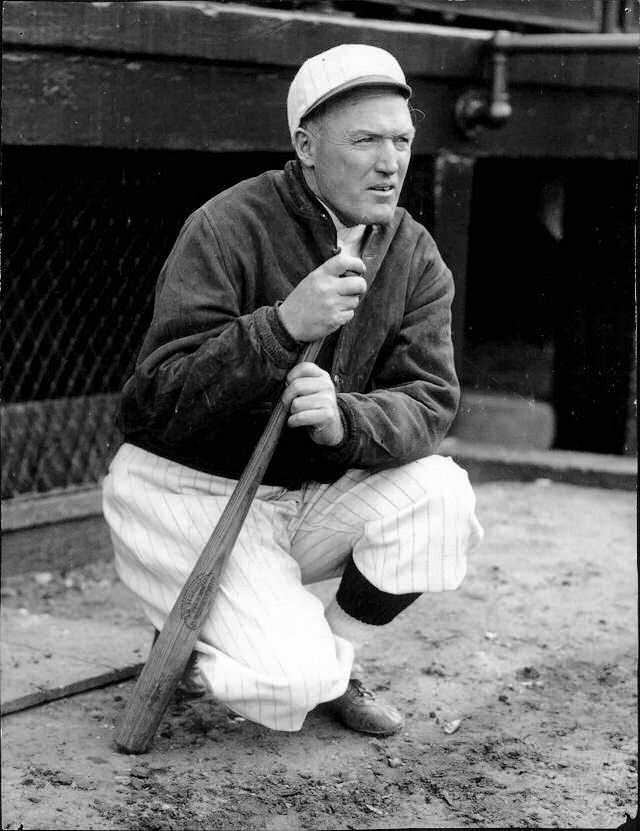|
“FENWAY'S BEST PLAYERS”  |
|||||
From 1913 to 1916, Carrigan was one of the most successful player-managers of the Deadball Era, piloting the Red Sox to back-to-back world championships in 1915 and 1916. After the latter season, the 32-year-old Carrigan, whom Babe Ruth later called the best manager he ever played for, walked away from the game to spend time with family and his business. In July 1913 the Red Sox were grappling with a series of injuries, fighting among themselves, and limping along in fifth place. Team president Jimmy McAleer fired manager Jake Stahl just months after his World Series triumph, and replaced him with his 29-year-old catcher. Carrigan liked Stahl, as did most of the team, and was reluctant to take charge of a team filled with veterans, many of whom were just as qualified for the job as he. McAleer persuaded Carrigan to take it. As manager, Bill Carrigan commanded respect through the unique brand of toughness he brought to the job. Wilbert Robinson, who managed against Carrigan in the 1916 World Series, later said that Carrigan was serious when it came to his pitchers dusting a hitter off: "When Carrigan told one of his pitchers to knock a man down and the batter didn't hit the dirt, the pitcher was fined." The team played better the remainder of 1913, before finishing a strong second to Connie Mack's Athletics in 1914. The most important event of the 1914 season was the purchase, at Carrigan's urging, of pitchers Ernie Shore and Babe Ruth from Baltimore. Although Ruth gave his skipper a lot of credit for his development as a player, Carrigan was humble in his own assessment: "Nobody could have made Ruth the great pitcher and great hitter he was but himself. He made himself with the aid of his God-given talents." Old "Rough" did allow that his protégé needed quite a bit of discipline, and Carrigan was there to provide it, even rooming with Ruth for a time. Carrigan caught Ruth in his pitching debut, on July 11. Some might fault Carrigan for not seeing the potential of Ruth as a hitter. Given that the Red Sox were blessed with the game's best outfield in Duffy Lewis, Tris Speaker and Harry Hooper, and that Ruth soon developed into one of the game's best pitchers, it is understandable why Carrigan did not wish to mess with success. The next two seasons brought Carrigan and his team their back-to-back World Series triumphs. In early September 1916, Carrigan announced that he would be leaving baseball at the end of the season. He had actually wanted to quit after the 1915 Series, and had so told owner Joe Lannin, but his owner talked him into the one additional campaign. Carrigan later wrote, “I had become fed up on being away from home from February to October. I was in my thirties, was married and had an infant daughter. I wanted to spend more time with my family than baseball would allow.” He retired to his hometown of Lewiston and embarked on careers in real estate (as co-owner of several movie theaters in New England) and banking. A few years later he sold his theaters for a substantial profit and became a wealthy man. When Lannin sold the club to Harry Frazee before the 1917 season, Frazee drove to Lewiston to try to talk Carrigan into staying on. After that, an offseason did not go by without offers from major-league teams to lure Carrigan back into the game. After a decade of trying, the Red Sox finally summoned Carrigan out of retirement in 1927 to manage the tail-end Sox. Offering proof that the players often make the manager, the Red Sox continued their struggles, finishing last for all three seasons during the second Carrigan regime, despite improving their record each year.
|
|||||

